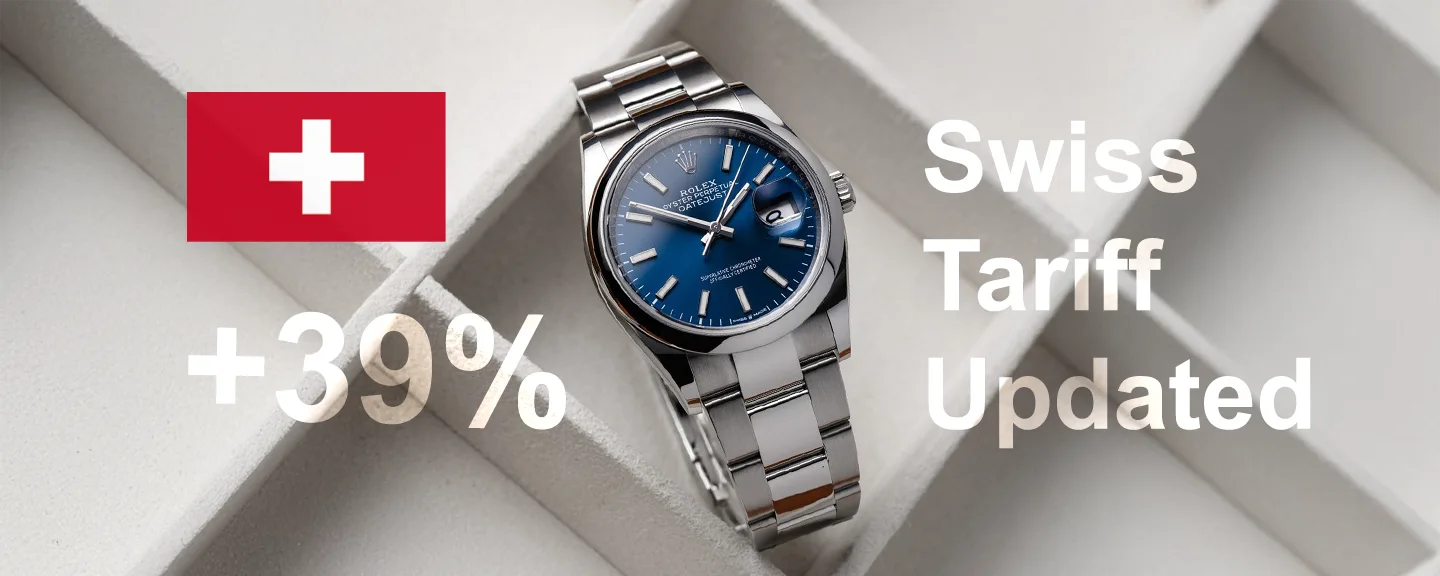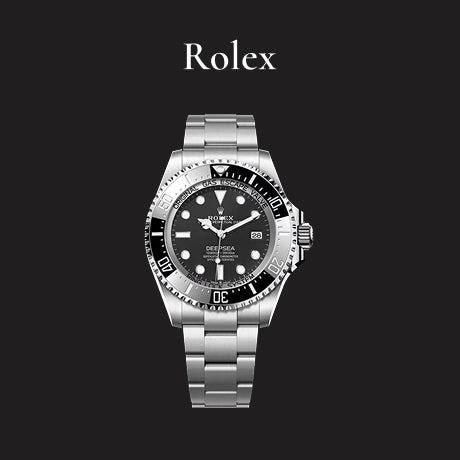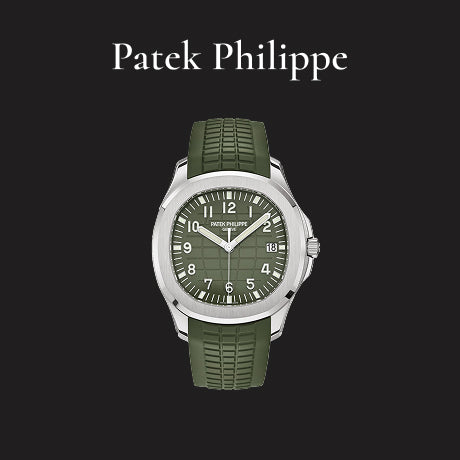Trump Tariff 2.0: A 39% Tax Just Kicked Off a New Era for Swiss Watches

The Swiss watch market is now entering the Trump Tariff 2.0 era, and it is set to fundamentally change the way we buy and collect luxury timepieces. Whether you're a seasoned collector or just dreaming of your first Swiss watch, the rules of the game have just changed.
The Precedent - 10% in April
The recent tariff isn't the first time the luxury watch market has faced a shake-up. Just a few months ago, in April, a 10% tariff on certain imported goods, including Swiss watches, was implemented. The effects were both immediate and telling. Rolex, for instance, responded by raising its U.S. retail prices by an average of 3%, which is the second price increase of the year.
This strategic move, while not a one-to-one pass-through of the tariff, was a clear signal to the market. On the secondary market, the effects were equally evident, with a similar situation leading to a 10% to 20% increase in prices for certain highly sought-after models. Popular models like the Bruce Wayne Jubilee go from $19,000 to $21,000,
The New Reality - 39% on August 7th
August 7th marks a new and far more significant chapter for luxury watch enthusiasts. A substantial 39% tariff on Swiss watches has officially gone into effect. While there has been no official response from the top brands yet, it is economically impossible for them to absorb a tariff of this magnitude without a significant impact on their profit margins. Unlike the previous 10% tariff, which allowed for some flexibility, the sheer scale of 39% makes a price increase for the U.S. market an inevitability. The clock is now ticking for both brands and consumers to navigate this new economic reality.
Unlike the previous 10% tariff, which allowed for some flexibility, the sheer scale of 39% makes a price increase for the U.S. market an inevitability. The clock is now ticking for both brands and consumers to navigate this new economic reality.
The Impact on the Watch Market
The ripple effect of this 39% tariff will be felt across every corner of the watch market, but its most profound impact will be on the secondary market. With the cost of brand-new watches set to climb, the supply of new pieces in the U.S. is expected to tighten. As consumers look to avoid paying the premium caused by the tariff, we anticipate a significant shift in demand toward the secondary market.
 This influx of buyers will inevitably drive up prices for highly coveted models from brands like Rolex, Audemars Piguet, and Patek Philippe. We've seen this dynamic play out before, where scarcity in the primary market fuels a price increase in the secondary. For collectors, this means the value of their existing collections could appreciate. For new buyers, it means a more competitive and potentially more expensive hunt for their next timepiece.
This influx of buyers will inevitably drive up prices for highly coveted models from brands like Rolex, Audemars Piguet, and Patek Philippe. We've seen this dynamic play out before, where scarcity in the primary market fuels a price increase in the secondary. For collectors, this means the value of their existing collections could appreciate. For new buyers, it means a more competitive and potentially more expensive hunt for their next timepiece.
The game has changed, and both buyers and sellers must now adapt their strategies to a market defined by higher costs and shifting supply dynamics.




